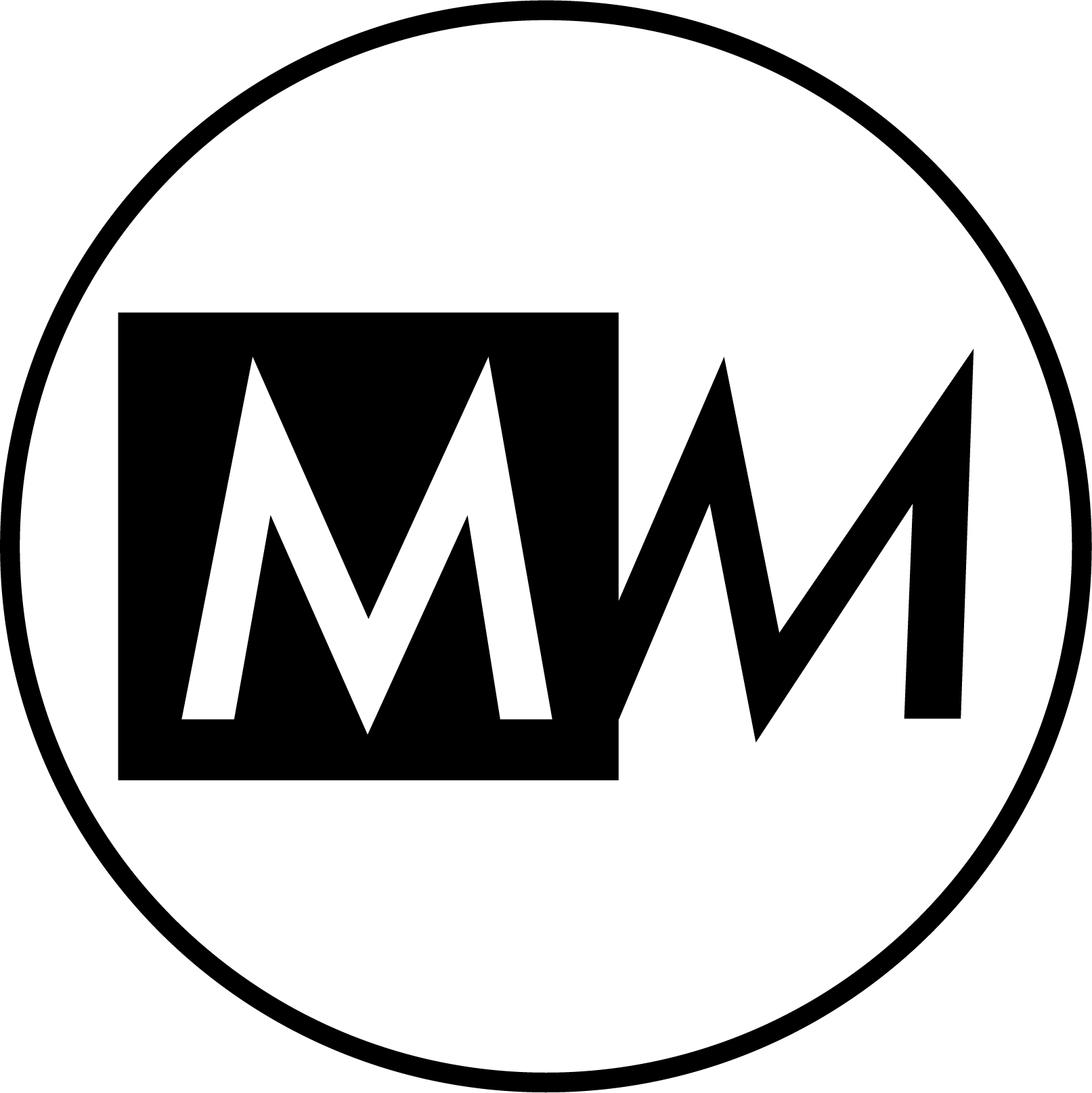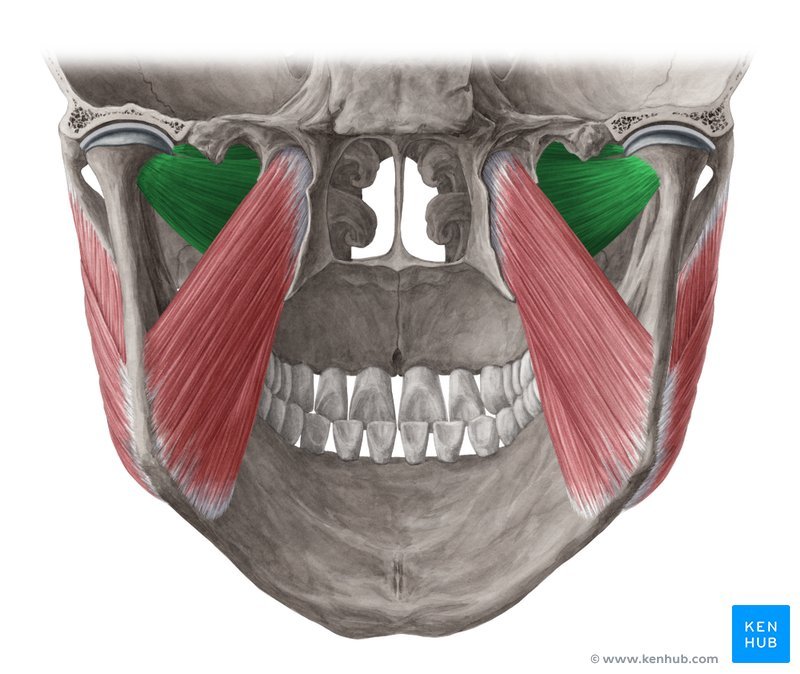Pain in the jaw - TMJD: what is it, and how is it treated? By Ainslie Bryce
TMJD stands for Temporomandibular Joint Dysfunction, which in simple terms means jaw pain. It can cause headaches, neck pain and affect your posture, sleep patterns and the way you eat. And there can often be a tricky cycle of a lot of small muscles around your face and neck impacting on how the jaw moves; and then how your jaw moves can impact on lots of other small muscles, causing them to pull tight and pull back on the jaw and structures around it. Grinding teeth (Bruxism) and jaw clenching have a lot to do with this issue as well. Sometimes the pain will be helped with a night guard - this is a measured and fitted mouth guard (from the dentist) that you wear at night to ease the pressure on your teeth and jaw joint.
How does Myotherapy help with this?
Myotherapy can treat this condition with massage, cupping, dry needling and trigger point therapy. The aim would be to work on muscles around your head, face and neck as well as muscle inside your mouth. Your myotherapist can also help with giving you some stretches to do, and look at your posture, pillow and sleep patterns.Sometimes rearranging your workstation/desk can help, as can adjusting your car seat for driving, which then obviously impacts where the headrest and mirror will sit. The overarching theme is all about taking pressure off your neck and shoulders and base of your head. It all sounds very simple, but little tips like this can help you ease your pain, and doesn’t take up large amounts of brain space in your already busy day.
The impact of muscles
Some of the muscles in your mouth can restrict you from opening your mouth to full extent. Most of the time, this won't be an issue. But every now and again you’ll find yourself being restricted in your ability to eat and possibly swallow. Some of the muscles of mastication and opening and closing of your mouth are described below.
Masseter Muscle
Most people can see this muscle when they bite down hard. This muscle gives your jaw more shape and definition along your lower cheeks & jaw line, and works to pull your jaw bone upwards to your skull. It is the most likely muscle to cause restricted jaw opening. Because the fibres for this muscle run in different directions, the associated pain pattern may change depending on which areas are overactive. Referral sites include the eyebrow area, upper and lower molar teeth, and sometimes deep into your ear. Some other factors that may activate low level trigger points in this muscle include prolonged over stretching, like having a dental procedure; immobilisation of the mandible in a closed position like having the jaw wired shut; direct trauma to the jaw itself; and a whiplash injury. Other things to consider include tooth infections and gum disease, due to the body's immune response working to protect the infected area, which may lead to longer term tension in the area.
Temporalis Muscle
This is the ‘headache’ muscle, due to its shape covering the majority of the side of our head, which is often where you see people subconsciously rubbing in order to try and ease their headache pressure. This muscle sits fanning out from the front/top of your ear to the side of your head. Pain from this muscle can cause temporal headache and top molar tooth pain. The pain pattern from this muscle is usually contained to the temporal area, eyebrow, upper teeth and occasionally to the top jaw and the jaw joint itself (TMJ).The primary action of this muscle is to close the jaw joints. So this explains why clenching and grinding your teeth causes pain in this area. Exposure to a cold draft over the already fatigued muscle, and direct trauma to the muscle can activate trigger points in the muscle. If our timing isn’t correct with closing the jaw and the back teeth connect before the rest of the mouth, there can be pain also. You can see how this would affect eating and drinking.
Now to look at some of the muscles inside of our mouth and jaw, that we often know nothing about.
Medial Pterygoid Muscle
By itself this muscle can swing the jaw to the opposite side, bilaterally it assists in elevation/closing of the lower jaw and can assist in protrusion, putting your lower jaw forward. In basic terms, it allows us to make the funky movements of our jaw. Pain from this muscle can present as a vague ache at the back of your mouth and throat, below and behind the TMJ. This may present as difficulty swallowing, and painful, moderately restricted jaw opening. Posture, especially excessive forward head posture, places pressure on the jaw which causes mild but persistent pressure on this muscle. So phone and smaller screen use time should be monitored - such as when working from home, as many of us experienced during lock-downs and continue to experience.
Lateral Pterygoid Muscle
This muscle has two heads, which generally means it has two jobs. The function is to help the disk in the jaw joint when closing your mouth, move smoothly back into place. The inferior fibres open the jaw, help with protrusion of the jaw and swing the jaw to one side. So basically it balances out the Medial Pterygoid muscle. Between them, these small actions all help with chewing food and drinking fluids, and moving our jaw around to clean our teeth! The pain this muscle causes is primarily jaw joint pain due to its position and attachment in the mouth, but it may also cause clicking when opening and closing your mouth, and the opening action may be reduced.
I look forward to discussing the other muscles that can impact the jaw when we look further into neck and shoulder pain in the coming weeks.
In the meantime, if you or someone you know is having difficulty with jaw pain, opening or closing their mouth, swallowing, pain in the back of their throat; if you suffer from headaches and can't seem to chew properly, and are having difficulty eating; and there doesn’t seem to be a medical answer, it could be due to tight mouth muscles affecting the jaw joint and the area immediately around it.
Maybe try some gentle massage to cheeks, side of the head, and inside of your cheek (yes, inside your mouth!) to see if it helps at all. If it does, even a little bit, then it’s definitely worth booking an appointment to have an assessment and treatment with me. I look forward to seeing you in the studio or on the treatment table soon!





